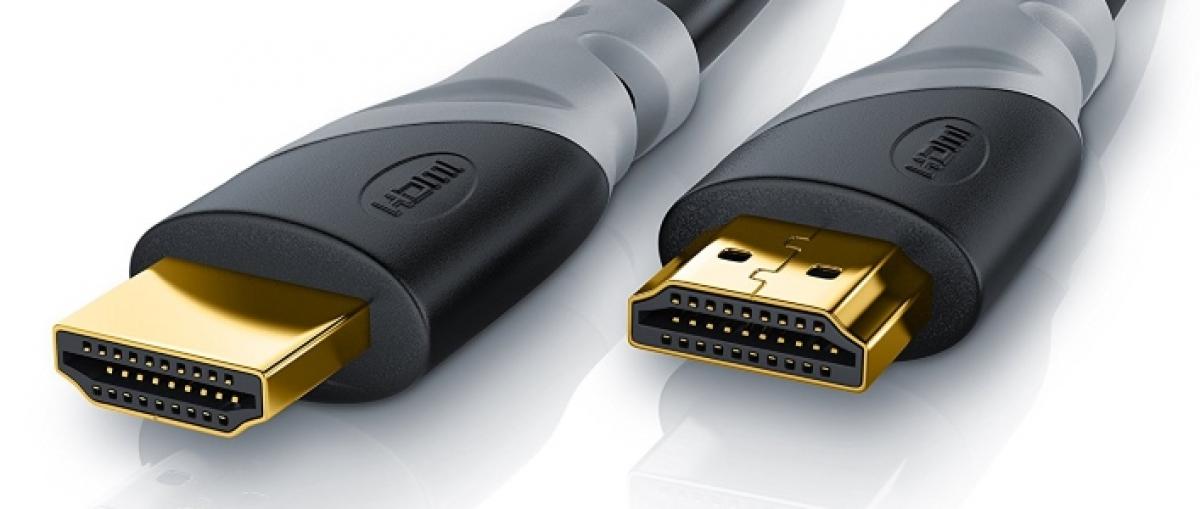
#Hdmi revisions full
It could carry eight channels of linear PCM audio at resolutions of up to 24 bits/192 kilohertz.Īlong the way, we passed through several intermediate HDMI iterations that added support for DVD-Audio and SACD and increased the video resolution the system could carry.Īs we arrived at HDMI 1.3, we had more than double the video bandwidth, which allowed passage of full high-definition video at up to a 60-Hz refresh rate and up to 16-bit (48-bit total) video. HDMI 1.0 gave us up to 1920-by-1080 resolution at up to 60 hertz, but only for 8-bit-per-color video (24 bits total for the three primary colors in the video signal). It all started with HDMI 1.0 in 2002 and moved steadily on up to the current versions: HDMI 1.4 and 1.4a. HDMI issues haven’t disappeared entirely, but things have steadily improved thanks to an often bewildering range of HDMI revisions. They resulted from a failure to anticipate the overall connection environment (either by HDMI or by the manufacturers of the products in which it was used).

Many of the problems weren’t HDMI’s fault. For example, if the display or intermediate passthrough device (such as an A/V receiver) isn’t compliant with High-Bandwidth Digital Content Protection (HDCP, one of the major copy protection schemes used with HD sources), the system won’t complete the handshake.

It involves the copy protection that’s near and dear to the hearts of film studios everywhere. Some of the requested EDID information is genuine secret-agent stuff. It could include the display’s optimum resolution, the color space the display expects to see (component Y/Cb/Cr or RGB), or whether or not the set is 3D capable and what 3D format is involved. The information exchanged, known as Extended Display Identification Data (EDID), can be relatively benign. Nearly all of these were related to the two-way handshake between components and displays-a transfer of information that must be completed before a signal lock-on can be established.
#Hdmi revisions free
Without this, studios would have been reluctant to release material that offered near-master-quality video and audio into the marketplace.ĭespite its promised advantages, HDMI wasn’t initially free of operating glitches. But its key attraction was to content providers, as it offered the opportunity for improved copy protection. Two-way communication offered consumers potential advantages in system automation. HDMI promised not only simpler system connections, but two-way communication between components and displays. Today some 800 companies worldwide are HDMI licensing adopters and affiliates. There were other contenders in this battle, including FireWire, but the scuffle was short. Then along came High-Definition Multimedia Interface (HDMI) and its promise of a single cable from source to AVR to display for both audio and video. But because its clunky connector only carried video and not audio as well, it never achieved critical mass. We also had DVI, a standard for digital video borrowed from the computer world. This forest of cables wasn’t heaven (except to cable vendors), but it worked, and it provided most viewers with their first real taste of high-quality video. Add to that up to six audio cables to our A/V receivers. We were using three separate video cables to connect our shiny new HDTVs to our best sources. HDTV and DVD were only starting to acquire mass-market status. In 2002, the video world was just getting comfortable with component analog video.


 0 kommentar(er)
0 kommentar(er)
